Regional birds
Aulavik National Park
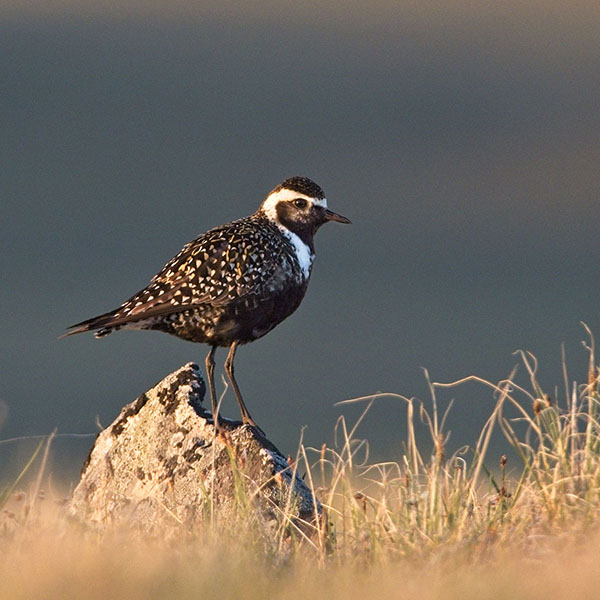
American Golden Plover
The American Golden Plover makes one of the longest migrations of any shorebird; summering in the Arctic and wintering in central and southern South America. Observe these birds on open ground and mudflats.
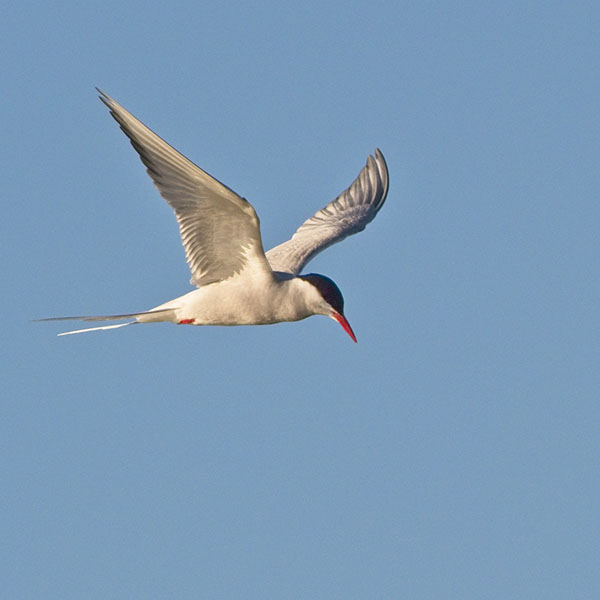
Arctic Tern
The Arctic Tern completes the longest migration of any bird species; travelling from Antarctica to the Arctic to breed annually. Arctic Terns can be incredibly defensive of their nests, swooping at potential predators who come too close.
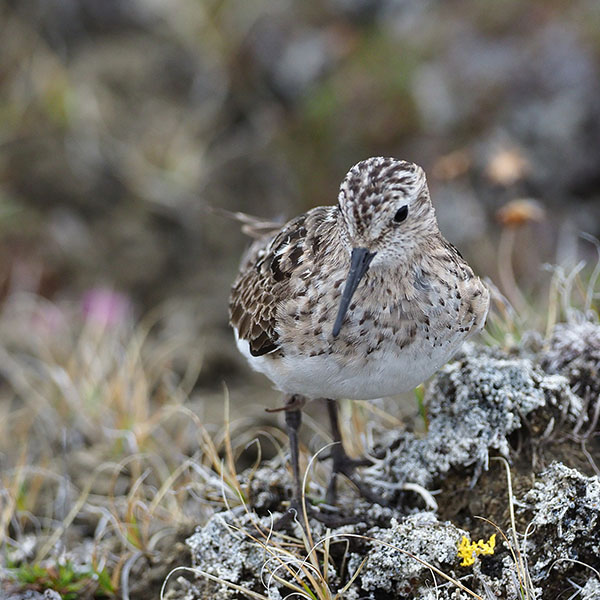
Baird’s Sandpiper
The Baird’s Sandpiper is one of four species of Sandpiper that can be observed in the western Arctic. Baird’s Sandpipers migrate quickly; covering approximately 15,000 km in just 5 weeks.
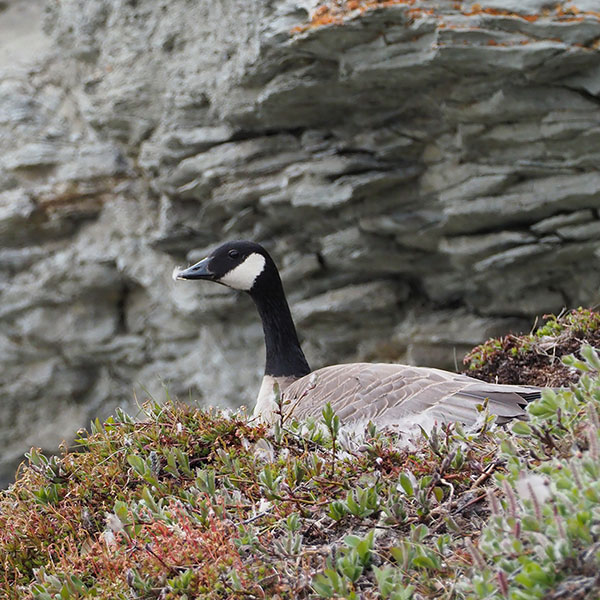
Canada Goose
Watch for these geese flying in a well-defined V formation. The most widespread goose, look for them close to ponds, lakes and marshes in the western Arctic.
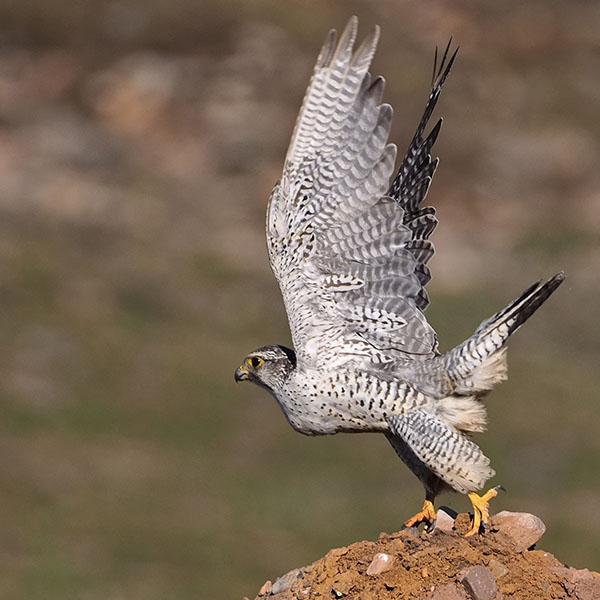
Gyrfalcon
Gyrfalcons colour ranges from dark brownish-gray to almost pure white. Gyrfalcons are a northern bird. Find them year-round in Alaska, Yukon Territory, Northwest Territories and Nunavut.
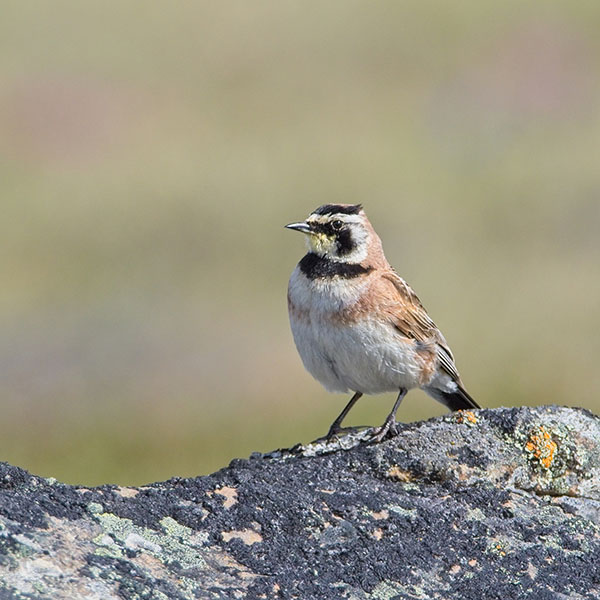
Horned Lark
Frequently observed on the tundra during spring and summer, identify Horned Larks by their black and yellow faces and two tufted horns. Females collect pebbles, dung, and clods of dirt to place beside their nests. It’s speculated that these may help stabilize the nest while it’s being built.
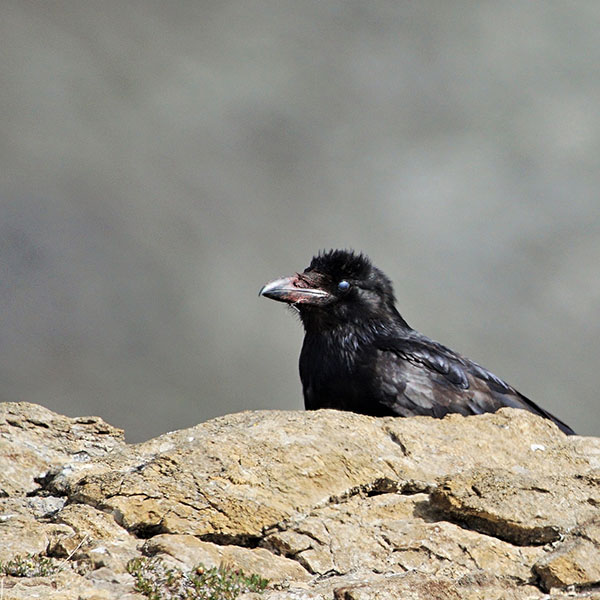
Common Raven
Identify Common Ravens by their deep, gurgling croak. Ravens are one of the smartest birds in the world, similar to other corvids, continuously solving complicated problems created by scientists.
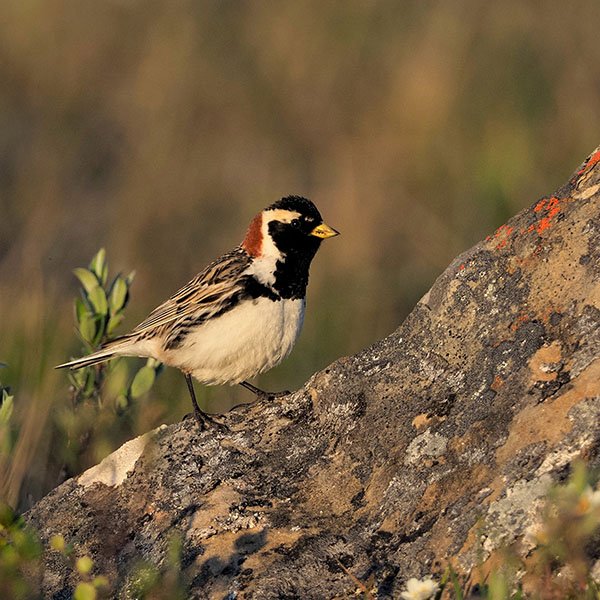
Lapland Longspur
During their summers on the tundra, Lapland Longspurs eat approximately 3,000-10,000 seeds and insects per day, and feed their chicks about 3,000 insects per day. The name “longspur” refers to the unusually long hind claw on this bird.
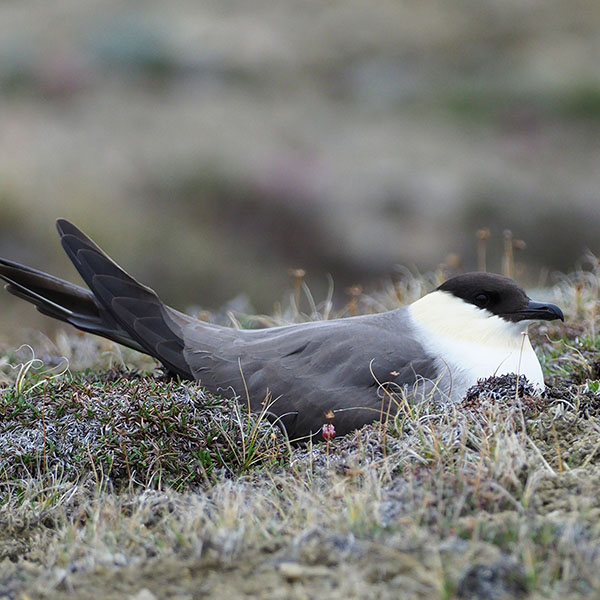
Long-tailed Jaeger
Long-tailed Jaegers prey on lemmings during their summers in the Arctic, but spend the majority of their year at sea preying on fish and competing with other seabirds. Most breeding adults lose their long central tail feathers during non-mating season
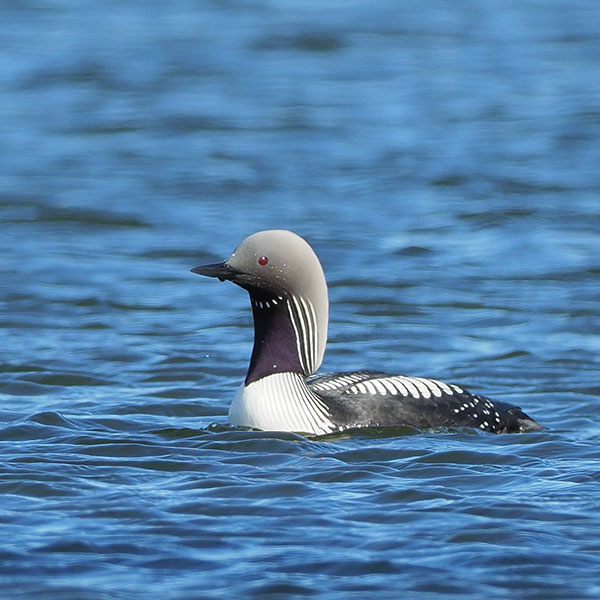
Pacific Loon
Pacific Loons are smaller than Common Loons. Identify them by their gray heads and slender, straight bills. Observe Pacific Loons on lakes in the tundra during the summer, and coastal waters during the winter.
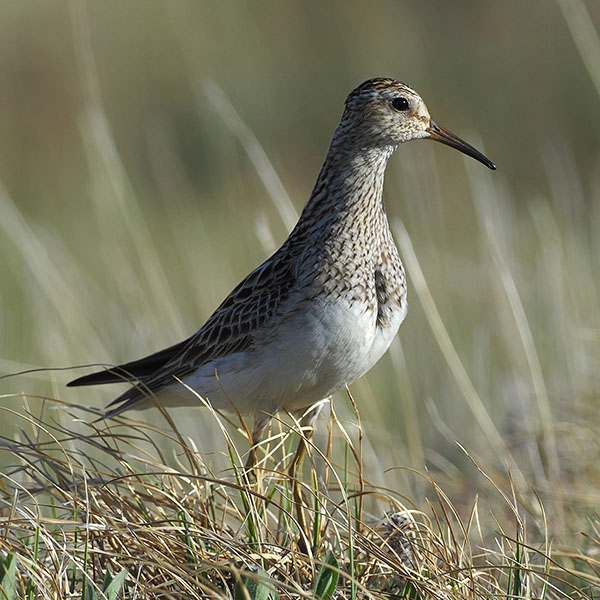
Pectoral Sandpiper
Pectoral Sandpipers nest on the Arctic tundra. Some migrate to Australasia for the winter, but the majority winter in southern South America. This means that some Pectoral Sandpipers make a round-trip migration of nearly 31,000 km every year! During breeding, male Pectoral Sandpipers expand and contract their inflatable throat sac during display flights, which sounds like a series of hollow hoots. It is one of the most unusual sounds heard on the arctic tundra during the summer.
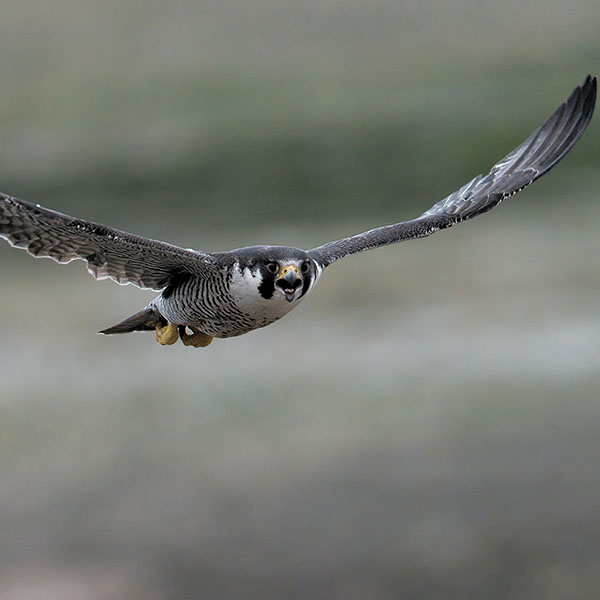
Peregrine Falcon
Peregrine Falcons have been clocked at 320 km/h, approximately 200 km faster than a Cheetah! Peregrine Falcons are found on every continent except Antarctica.
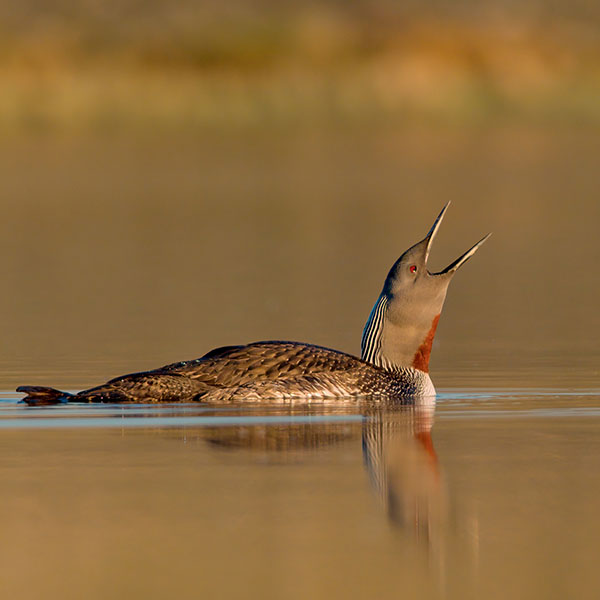
Red-throated Loon
Red-throated Loons are the smallest breed of loons that frequent the western Arctic during summer. Like other loons, Red-throated Loons dive for fish from the surface, but they have also been observed hunting from air; flying swiftly and dropping with falcon-like precision.
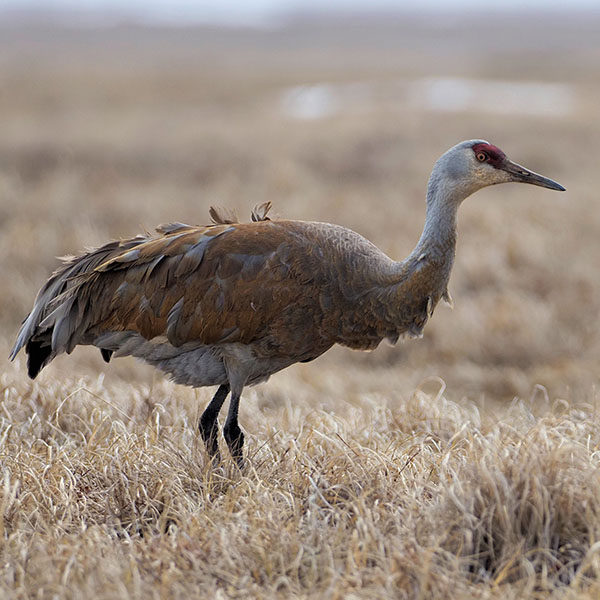
Sandhill Crane
Identify Sandhill Cranes by their loud, rolling, trumpeting call. Sandhill Cranes mate for life and are well known for their mating dance choreography which includes stretching their wings, pumping their heads, bowing, and gracefully leaping into the air.
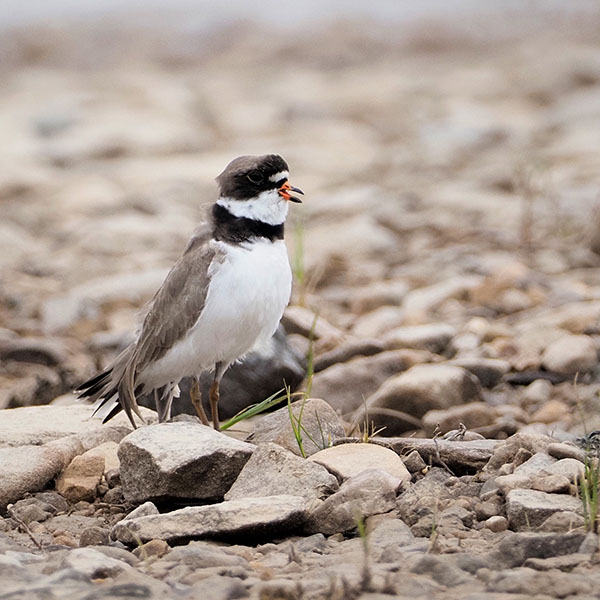
Semipalmated Plover
Identify Semipalmated Plovers by their upslurred, whistle; a chu-weet sound. Observe the Semipalmated Plover in roosts and flocks with other small shorebirds.
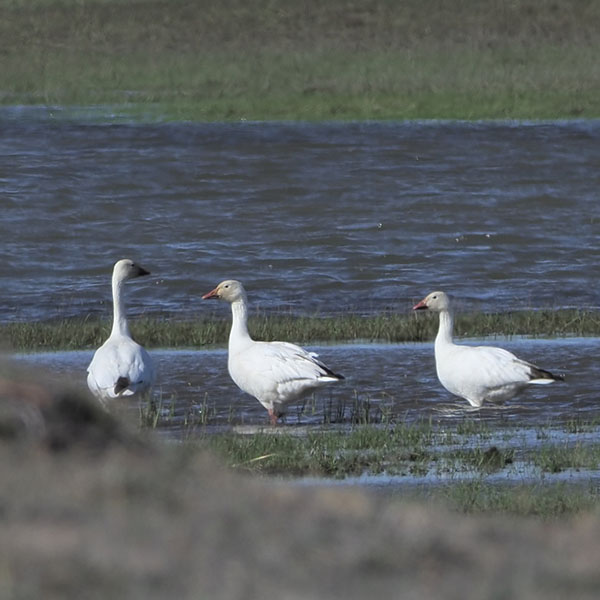
Snow Goose
Snow Geese nest in scattered areas throughout the northern Arctic. Goslings have the ability to walk up to 80 km with their parents from the nest to a more suitable brood-rearing area within their first three weeks of hatching.
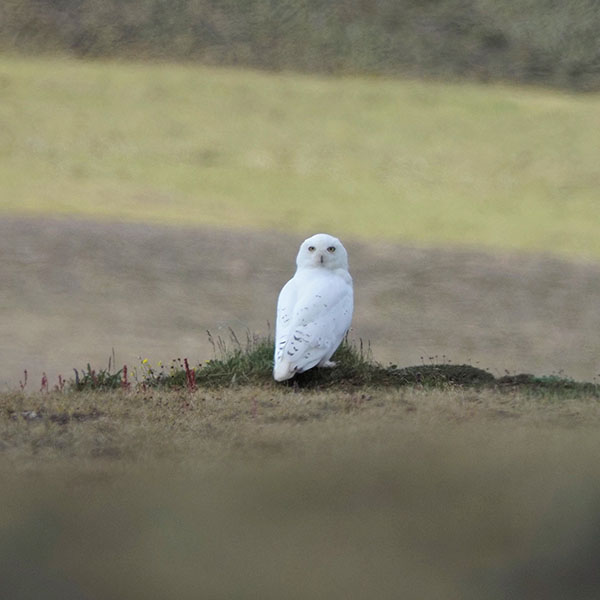
Snowy Owl
Snowy Owls breed and nest in the most northern areas of the Canadian Arctic. Snowy Owls take full advantage of the 24 hours of daylight during summer in the Arctic, hunting at all hours of the day. With all this extra time to hunt, Snowy Owls have been known to eat as many as 1,500 lemmings in one year!

Tundra Swan
During their breeding season in the far North, Tundra Swans sleep almost entirely on land, but in the winter they sleep more often on water. Tundra Swans defend their nests and young against predators ranging from foxes, weasels, wolves, bears, and other birds.
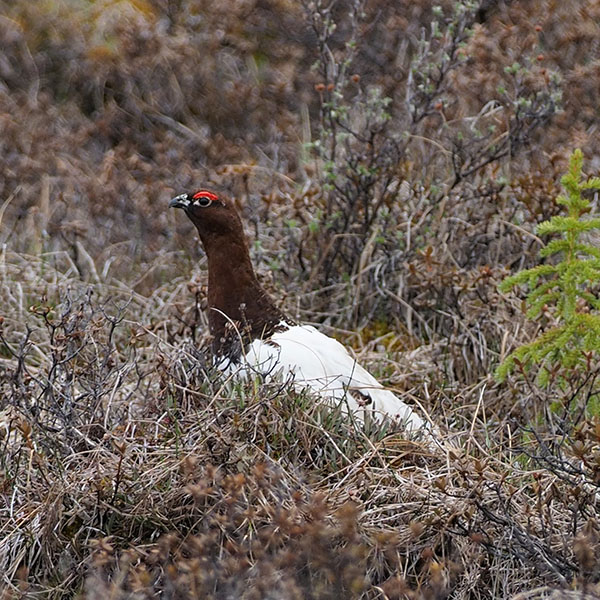
Willow Ptarmigan
A year-round inhabitant of subarctic tundra, Willow Ptarmigans are pure white in winter and a mix of browns and reds in summer. Willow Ptarmigan form flocks during winter, and where food is abundant, flocks of up to 2,200 birds can be observed!
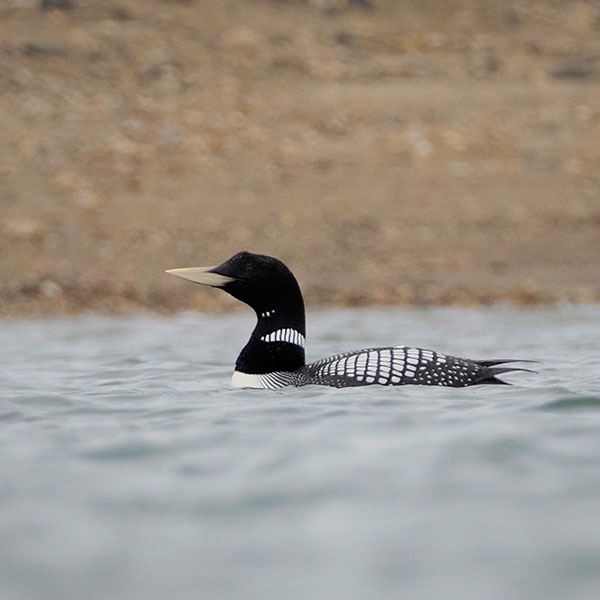
Yellow-billed Loon
Yellow-billed Loons are larger than Common Loons and are easily distinguished by their pale, straw-coloured bills. The Yellow-billed Loon is one of the four species of loon that breed in the western Arctic.
- Date modified :